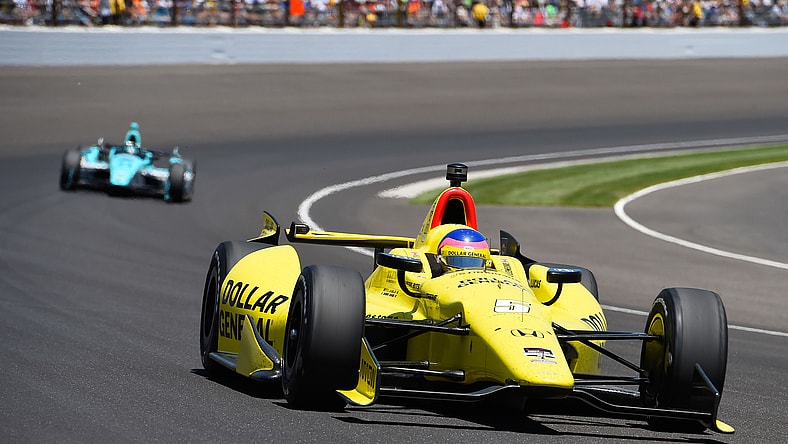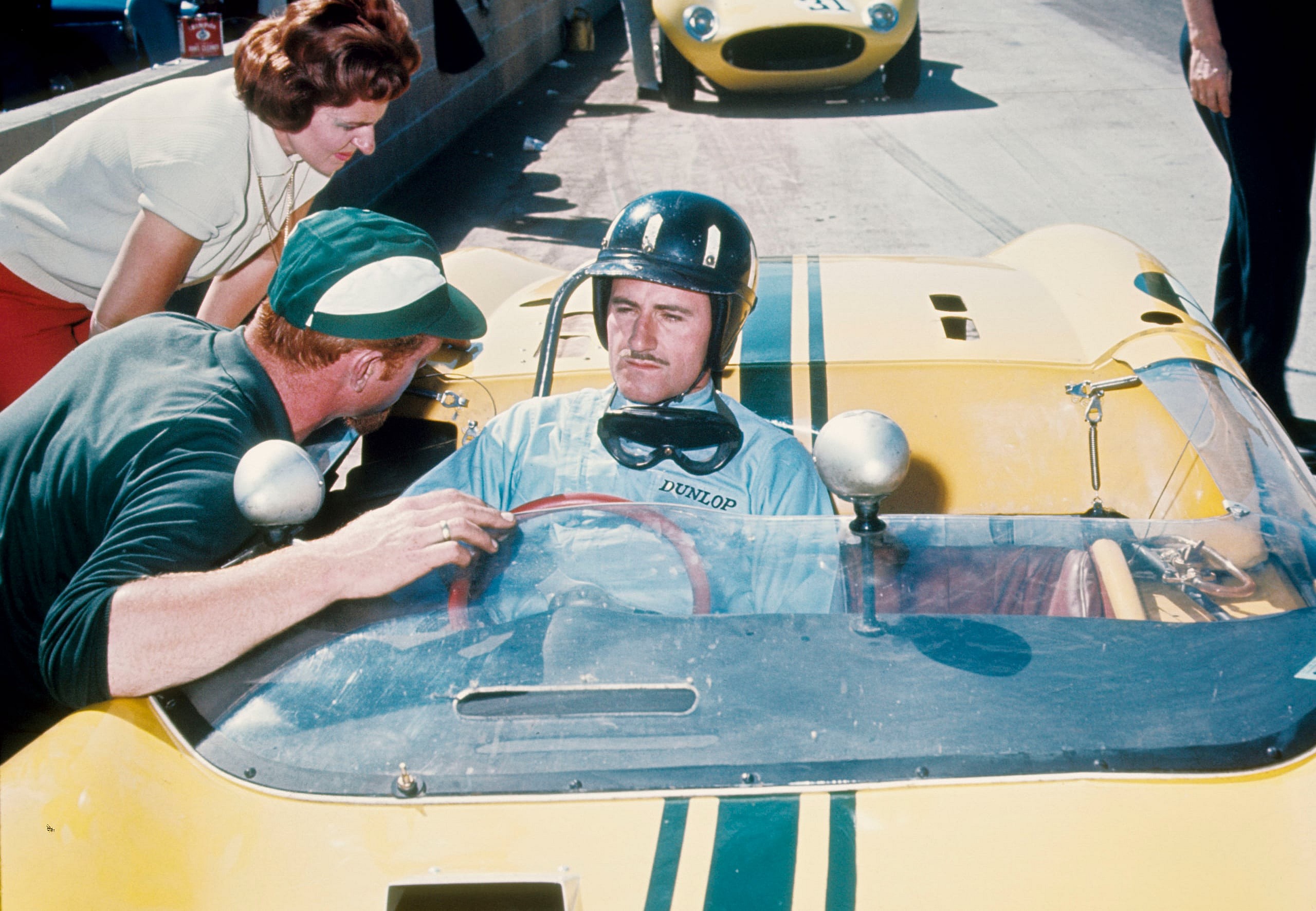
Throughout the history of Formula 1, many drivers have looked for new challenges in other motor racing categories, with varying degrees of succes. Here are seven notable examples of Formula 1 drivers who switched to other racing series.
7. Felipe Massa

After retiring from Formula 1, Felipe Massa moved into Formula E. For the 2018-2019 season, he joined Venturi Racing. While on the team, Massa achieved a podium at the 2019 Monaco E-Prix, but he never found that consistency in his second season. During the 2019-2020 season, he earned only three points. As a result, Massa and Venturi Racing eventually decided to part ways after that season. The Brazilian driver enjoyed the learning experience but was disappointed that they didn’t achieve their shared goals.
Also Read: Highest paid Formula 1 drivers 2024: Lewis Hamilton, Max Verstappen lead top 10 F1 salaries
6. Antonio Giovinazzi

Antonio Giovinazzi stepped away from Formula 1 at the end of 2021 and tried his hand at other types of racing. He joined Ferrari’s AF Corse team in the FIA World Endurance Championship (WEC). In 2023, the Italian driver reached a historic milestone by winning the 24 Hours of Le Mans, which was Ferrari’s first victory at the race in 50 years.
Aside from his endurance racing exploits, Giovinazzi drove in Formula E for Dragon/Penske Autosport during the 2021–22 season. He proved his worth in both electric and endurance racing.
Related: Top 5 Formula 1 upsets: When underdogs beat the giants
5. Jacques Villeneuve

Jacques Villeneuve, the 1997 F1 World Champion, won the 1995 Indianapolis 500 race as part of his CART series stint which saw him win the championship as well. Following his racing career in F1, Villeneuve has tried other motorsports. He ran NASCAR, including the Cup, Truck, and Xfinity Series. Additionally, he had success in the European NASCAR circuit where he took his first win in 2021. Villeneuve also gave endurance racing a go and even dabbled in Formula E.
4. Marcus Ericsson

Marcus Ericsson left Formula 1 in 2018 and moved to IndyCar, joining Chip Ganassi Racing. His switch to another racing series worked out, especially when he won the 2022 Indianapolis 500. The win was Ericsson’s first career triumph at the prestigious event. He also became the first Swedish driver to capture the Indy 500 since Kenny Bräck took the trophy in 1999. More importantly, it ended Chip Ganassi Racing’s 10-year winless streak at the event.
3. Kimi Räikkönen

Kimi Räikkönen won his championship with Ferrari in 2007 and left Formula 1 at the end of 2009. After that, he switched to other racing series like rallying. The Finnish driver also tried NASCAR in 2011. He raced in the Camping World Truck Series and the Xfinity Series. He drove to 15th in his Truck Series debut, driving for Kyle Busch Motorsports.
Räikkönen returned to Formula 1 in 2012 and retired after the 2021 season. In 2022, he briefly returned to NASCAR via Project 91, where he teamed up with Trackhouse Racing. The purpose of this was to bring globally known drivers to NASCAR and to cut down on the learning curve for these drivers by providing competitive equipment and resources.
Also Read: How To Watch Formula 1 Live Without Cable 2024
2. Fernando Alonso

Fernando Alonso switched to many other racing series after leaving Formula 1 and showed his versatility as a driver. He was very successful in endurance racing, winning twice at the 24 Hours of Le Mans with Toyota in 2018 and 2019. The double F1 champion also wrapped up the World Endurance Championship title for the 2018-2019 season. That is how he was able to establish himself as one of the best in this form of racing.
Alongside his accomplishments in endurance racing, Alonso took on the challenging task of the Dakar Rally and competed in the 2020 edition. He didn’t win, but his participation showed he was prepared to tackle different and extreme motorsport events. The Spanish driver also made several attempts to race in the Indianapolis 500. He wanted to do motorsport’s Triple Crown of wins at the Monaco Grand Prix, Le Mans, and Indy 500.
Related: Top 10 Formula 1 drivers by career earnings
1. Graham Hill

Only one driver has completed the prestigious Motorsport Triple Crown: Graham Hill. This term applies to winning the Monaco Grand Prix, the Indianapolis 500, and the 24 Hours of Le Mans. It was a remarkable feat, something Hill achieved with five victories at Monaco from 1963 to 1969. Additionally, in 1966, he won the Indianapolis 500, and in 1972 he took home the crown in the 24 Hours of Le Mans. This achievement made him one of the most diverse and successful drivers in the motorsport world.